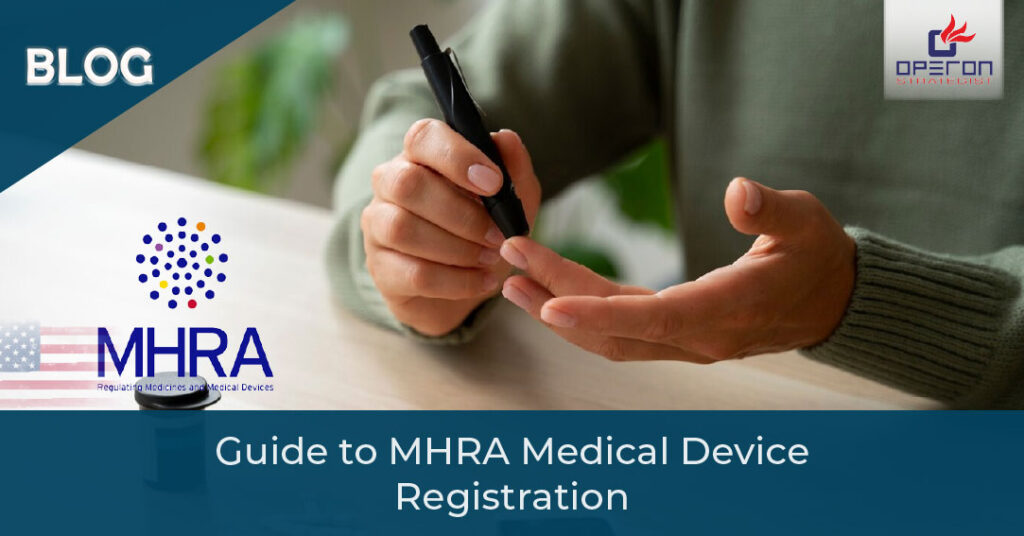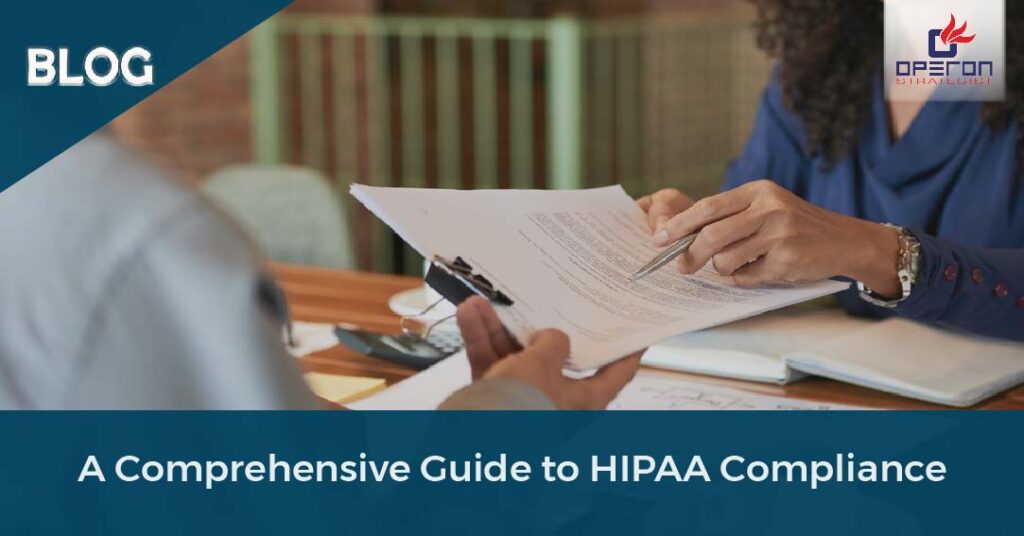
If you’re a US-based medical device manufacturer looking to expand into the UK market, MHRA medical device registration is your first step. The Medicines and Healthcare products Regulatory Agency (MHRA) governs the safety and compliance of medical devices in the UK. Since Brexit, the process has changed—making it essential to understand the UK’s post-Brexit regulatory requirements to ensure your product reaches UK patients safely and legally.
This blog will guide you through the MHRA medical device registration process, key documentation, timelines, costs, and compliance steps—everything US manufacturers and exporters need to know to access the UK medical device market.
What is MHRA Medical Device Registration?
The MHRA is the UK’s regulatory authority responsible for ensuring that medical devices, IVDs, and combination products meet the required standards of safety, quality, and performance.
Since the UK left the European Union, the MHRA now requires all medical devices sold in Great Britain (England, Scotland, and Wales) to be registered directly with them—even if your device already has CE marking.
Who Needs to Register with the MHRA?
If you are a US-based manufacturer and want to place your product in the UK market, you must:
- Appoint a UK Responsible Person (UKRP).
- Ensure the device conforms to UK medical device regulations (UK MDR 2002, as amended).
- Register the device with the MHRA through the UKRP.
This applies to all classes of medical devices, from Class I to Class III, as well as IVDs and custom-made devices.
Key Steps in MHRA Registration for US Medical Device Manufacturers
1. Appoint a UK Responsible Person (UKRP)
A UKRP is your official representative in the UK. They act on your behalf to register the device with the MHRA and ensure compliance. The UKRP must have access to the technical documentation and act as the primary contact for the MHRA.
Tip: Choose a UKRP with regulatory expertise, audit support, and direct MHRA communication capabilities to ease your compliance process.
2. Classify Your Medical Device
Use the UK MDR 2002 classification system to determine your device class. This system closely mirrors the EU MDR classification but is legally distinct.
- Class I: Low-risk devices (e.g., thermometers)
- Class IIa & IIb: Medium-risk devices (e.g., infusion pumps)
- Class III: High-risk devices (e.g., pacemakers)
Correct classification is crucial—it determines the conformity route, documentation, and review requirements.
3. Ensure Technical Documentation is Ready
Your device must meet essential requirements under UK regulations. Technical documentation must include:
- Device description and classification
- Risk analysis and management
- Clinical evaluation
- Labeling and instructions for use (IFU)
- Post-market surveillance plan
UKRP must hold this documentation and make it available to the MHRA upon request.
4. Register Your Device on the MHRA Portal
Once all documentation is in place, your UKRP submits the device registration through the MHRA’s Device Online Registration System (DORS).
You’ll need to provide:
- Manufacturer’s details
- UKRP contact information
- GMDN code (Global Medical Device Nomenclature)
- Product details (name, model, class)
- Technical documentation declaration
What Happens After Registration?
Once your registration is accepted, the device will be listed on the MHRA’s database. From here, you are legally permitted to market and distribute the device in Great Britain.
Note: Northern Ireland still follows EU MDR and CE marking, due to the Northern Ireland Protocol.
How Long Does MHRA Registration Take?
Registration processing times can vary, but most applications are reviewed within 10 to 20 working days, provided all documents are correct.
To avoid delays:
- Double-check technical file completeness.
- Use the correct GMDN codes.
- Ensure UKRP contact details are accurate.
MHRA vs. CE Marking: What’s the Difference?
| Feature | CE Marking | MHRA Registration |
|---|---|---|
| Applicable In | EU, EEA, and Northern Ireland | Great Britain (England, Scotland, Wales) |
| Regulatory Framework | EU MDR / IVDR | UK MDR 2002 (as amended) |
| Authorized Representative | EU Authorized Representative | UK Responsible Person (UKRP) |
| Conformity Assessment | Required for most classes of devices | Required prior to MHRA registration |
| Required for Market Entry | Yes, for EU & NI | Yes, for Great Britain |
Key takeaway: CE marking and MHRA registration serve different jurisdictions. If you’re planning to market your medical device in both the EU and the UK, you’ll need to comply with both sets of regulations.
Common Challenges US Manufacturers Face
- Misunderstanding the role of the UKRP
- Confusing CE marking compliance with UK conformity
- Failing to update technical documentation as per UK MDR
- Delay in registration due to incomplete applications
Need Help with MHRA Registration? Let’s Make It Simple.
How Operon Strategist Can Help?
At Operon Strategist, we specialize in regulatory consulting and turnkey project support for medical device companies entering international markets, including the UK.
- Assistance in appointing a UKRP
- Technical documentation review and gap analysis
- MHRA registration support
- Compliance with UK MDR and GMDN coding
- Ongoing regulatory updates and post-market surveillance
Our team ensures your MHRA medical device registration is smooth, fast, and fully compliant, so you can focus on growth.
Ready to register your medical device in the UK?
Contact us today for expert MHRA registration support and UKRP assistance.


